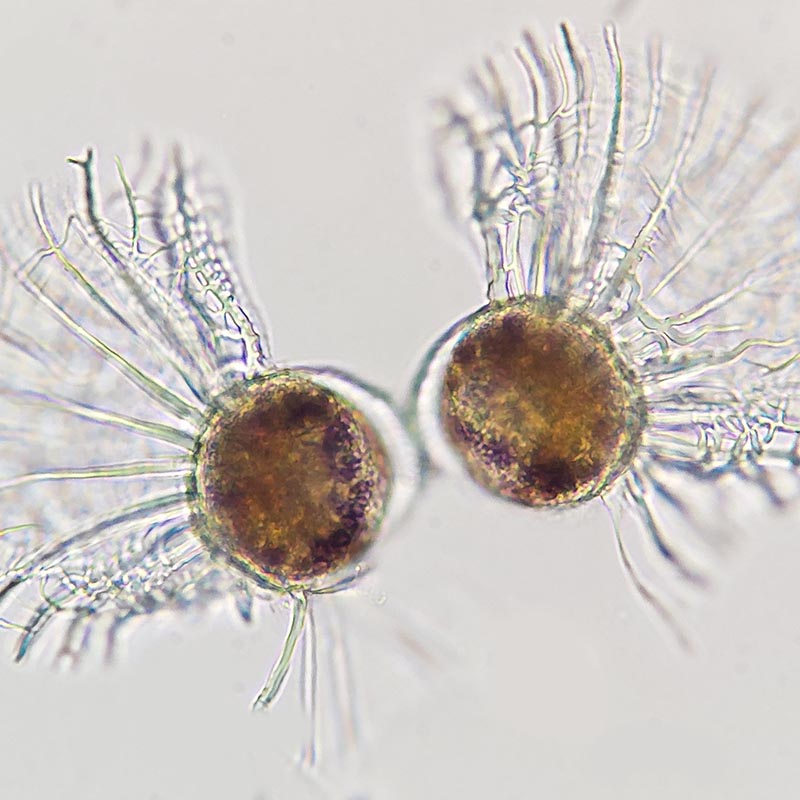
By: Trimy T..
Year: 2023
School: Westminster High
Grade: 10
Science Teacher: Huy Pham
In a world striving for sustainable and eco-friendly alternatives, the search for energy-efficient and self-sufficient light sources has led researchers and innovators to explore unconventional solutions. One such intriguing project, undertaken by Trimy, involves harnessing the unique properties of bioluminescent algae to create a renewable and inexpensive light source.
The main goal of Trimy’s Botany Applications project was to find a viable, long-lasting, and effective method of utilizing bioluminescent algae as a light source. The project began by simulating the natural light cycle of the algae from 5 am to 5 pm to establish its circadian rhythm. Next, Trimy conducted experiments to examine how altering the algae’s environment would affect its functionality in producing light. They focused on three key variables: temperature, the material used to house the algae, and the pH of the water in which it was kept.
Trimy formulated two hypotheses to guide the experiments. The alternative hypothesis suggested that the functionality of bioluminescence as a light source would be affected under disturbed circumstances, as the proteins responsible for the bioluminescent reaction might react differently to varying temperatures and environments. On the other hand, the null hypothesis posited that altering the algae’s environment would not impact the reaction process of the bioluminescent proteins.
Through careful experimentation and data analysis, Trimy was able to reject the null hypothesis. The experiment results showed that changes to the environment, such as higher temperatures, plastic encasing, and a neutral to low pH, positively affected the longevity of the dinoflagellates’ bioluminescent glow. These findings were an essential step towards understanding the factors influencing the light emission in the algae.
Trimy’s experimentation highlighted the limitations of using dinoflagellates as an efficient and ethical source of green light due to its unreliable nature. The momentary nature of the glow and the need for consistent disturbance made it impractical for extended usage as a light source.
Nevertheless, the project offers valuable insights for future research. By understanding the factors that influence bioluminescence in algae, scientists can continue exploring ways to enhance its properties further. Perhaps the key lies in finding alternative ways to trigger the luciferase reaction without causing undue stress to the organisms.
